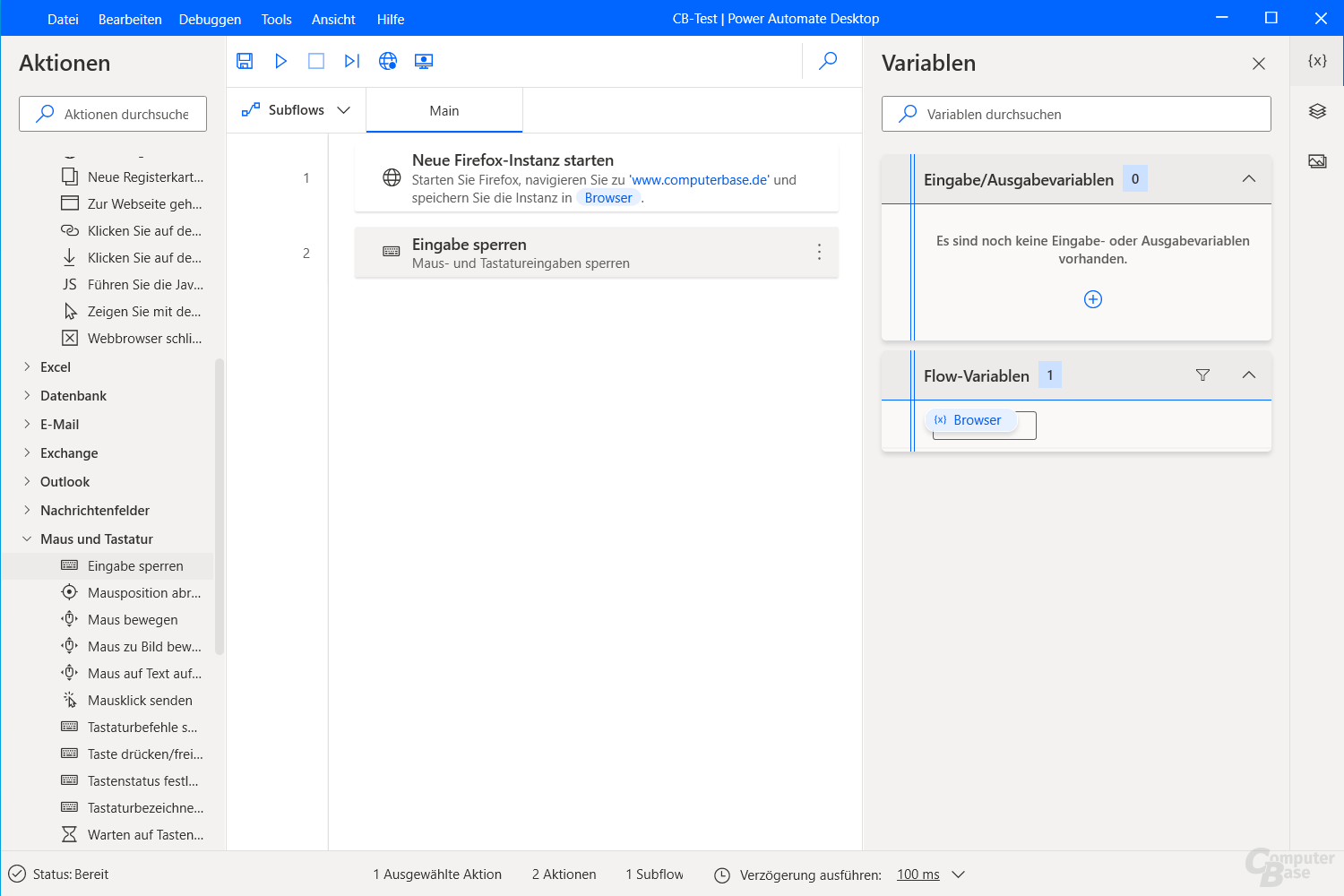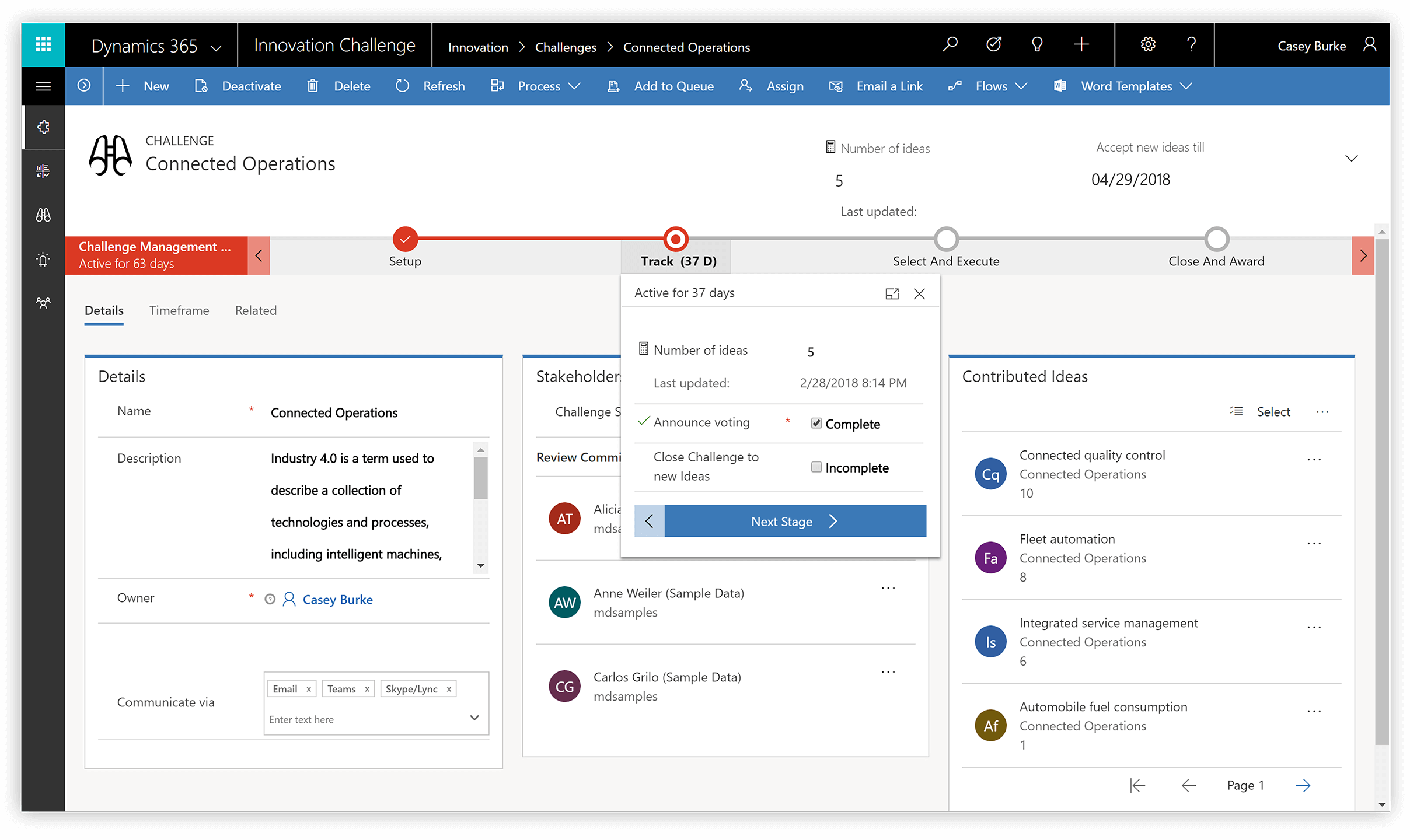


The only difficulty to access this data in Power Automate is in getting contents of the additionalcontext file. Note! To get environment URL log in to, open specific the one you want to access and copy value under “Environment URL”. It is either by querying Dataverse tables directly or by using odata endpoints. There are two ways to get Power Automate Desktop runs details. Using this information you can get crucial insights how the instance ran, which action failed, what was the failure reason, what were the inputs and outputs for each action etc… The object stores all information of that specific run, including details about each action’s execution. additionalcontext (not a Dataverse table, but file attached to each flowsession entry) – this is a file, containing base64 encoded JSON object.

One of the very important columns that table has is “additionalcontext”, which contains…

Then to filter further use column uiflowtype and get all rows with value greater or equal 0: To filter desktop flows from all other kinds of flows, you need to use column category and get all rows with value equal 6. workflows (display name: Process) – table is keeping all the information about all flows built in Power Automate, in a specific environment.The third, additionalcontext is table build dynamically using contents of file attached to every record in table flowsessions. In fact, there are only two real tables above. The below structure is used actually to store information about all kinds of flows user is able to build using Power Automate: cloud flows, business flows and desktop flows: It’s worth to spend some time to build your tailored dashboards. The departments require RPA designers to deliver these information, so that they know what bots are actually doing, why they are failing, where are bottlenecks, where they run etc. The described below functionalities regarding visualizing data from flows’ runs, presenting statistics and in-depth insights is a highly demanded data requested by the business and IT. Or as called today: desktop flows and cloud flows built using Power Automate platform. This post is totally focused on description of the Dataverse structure that is used to store details about runs of all Power Automate Desktop ui flows.


 0 kommentar(er)
0 kommentar(er)
